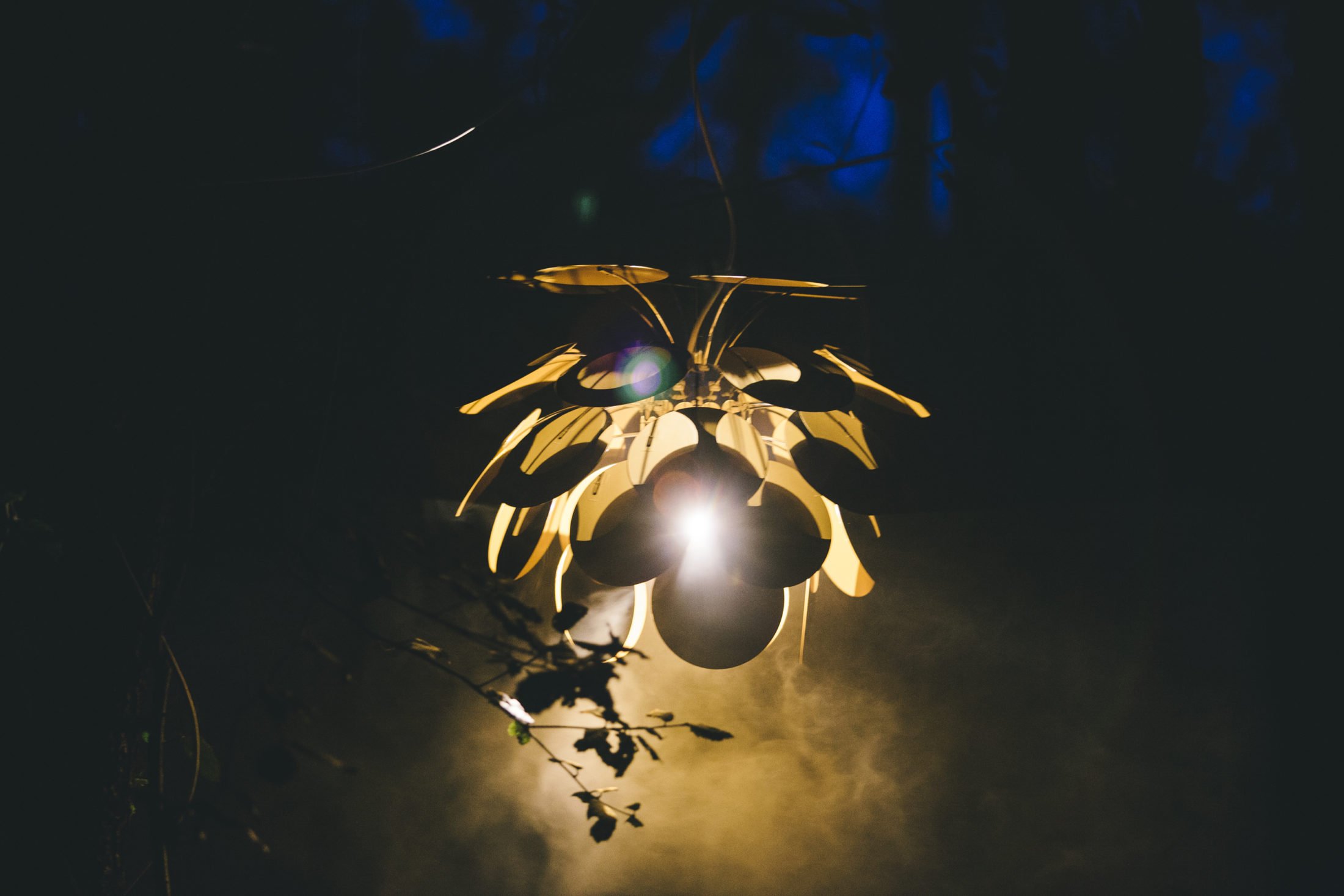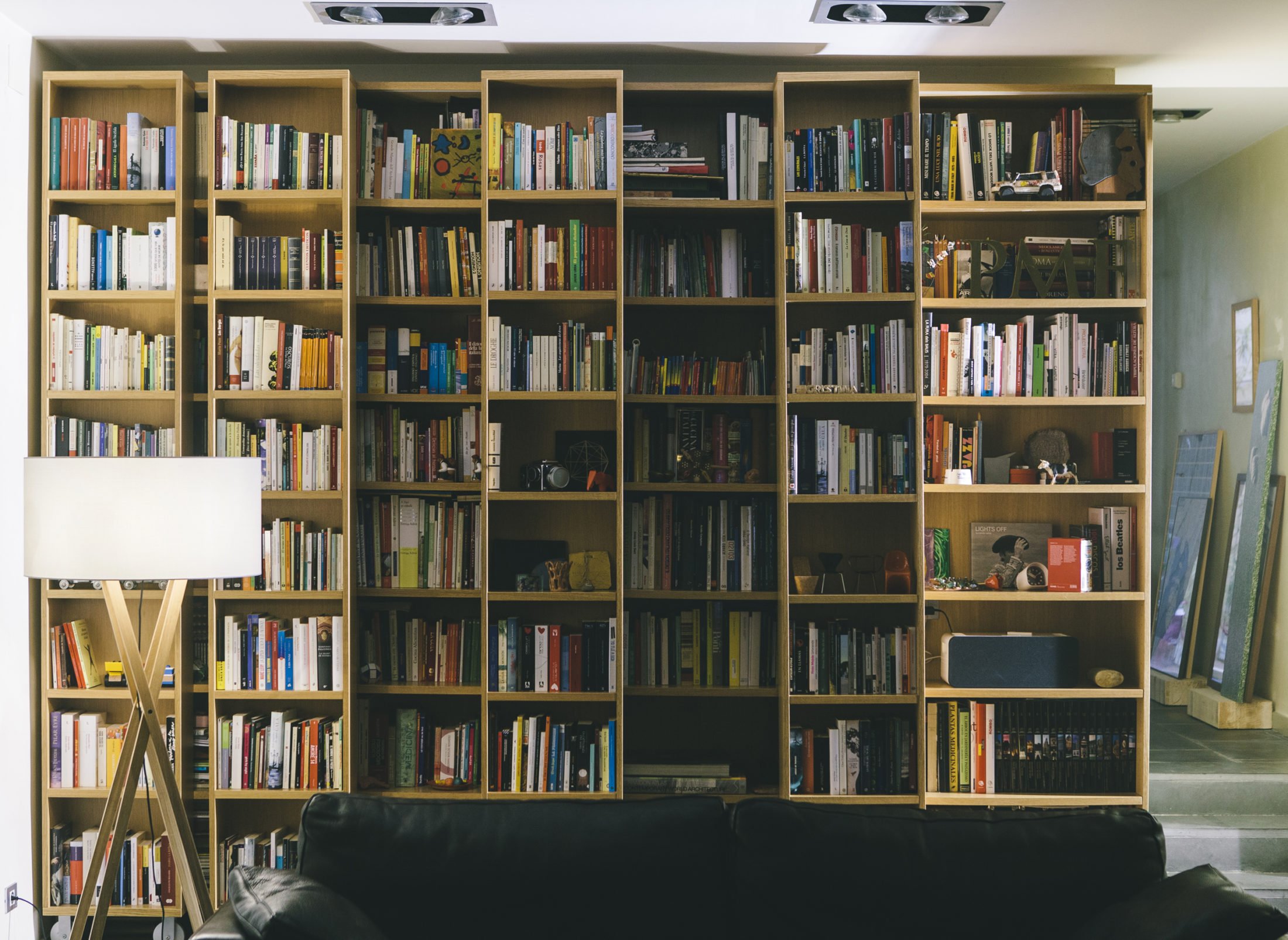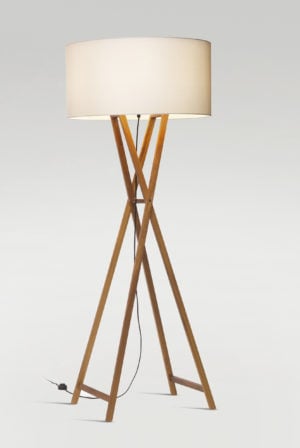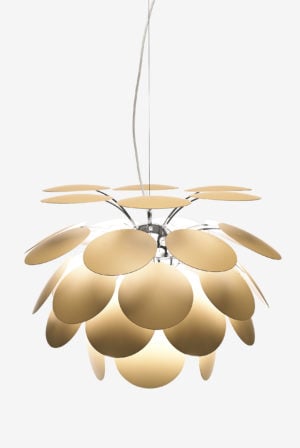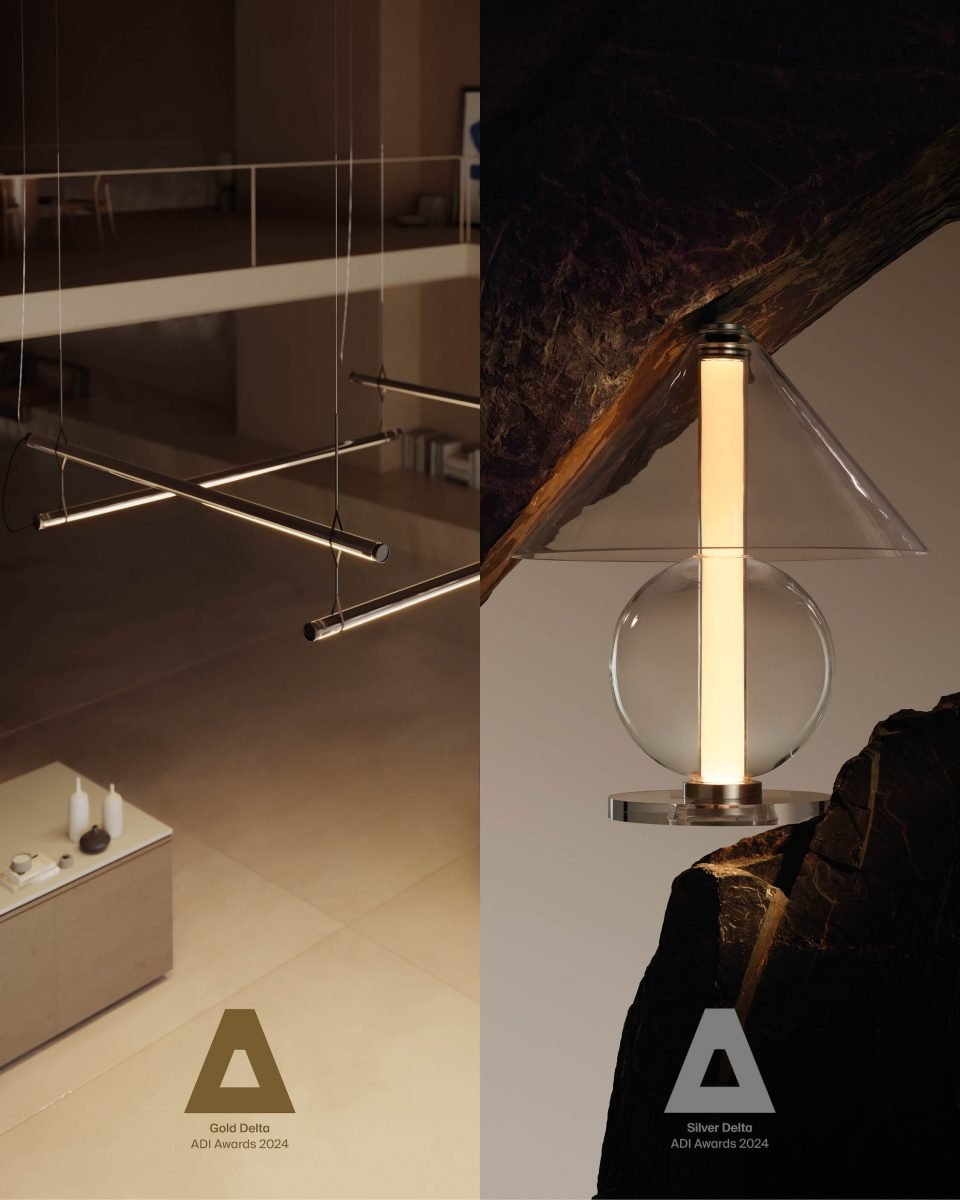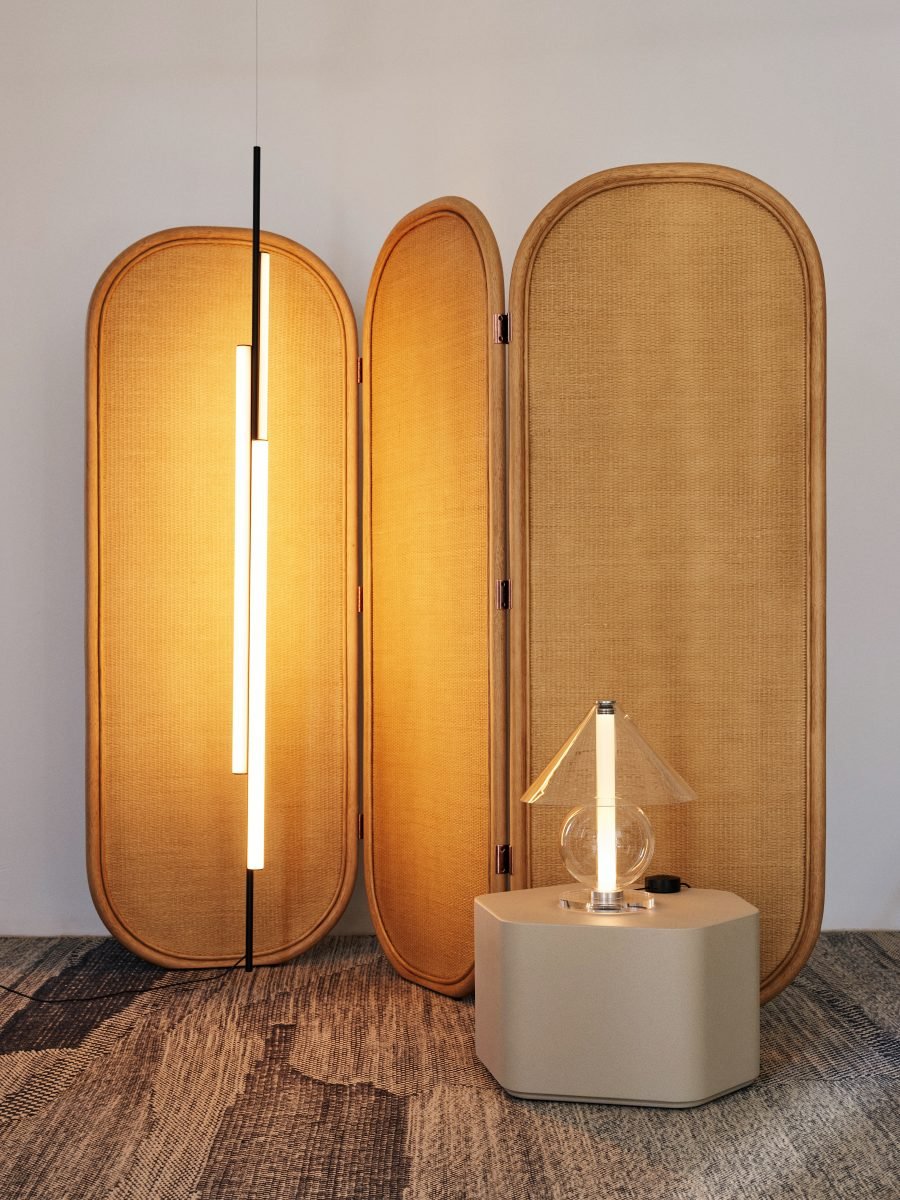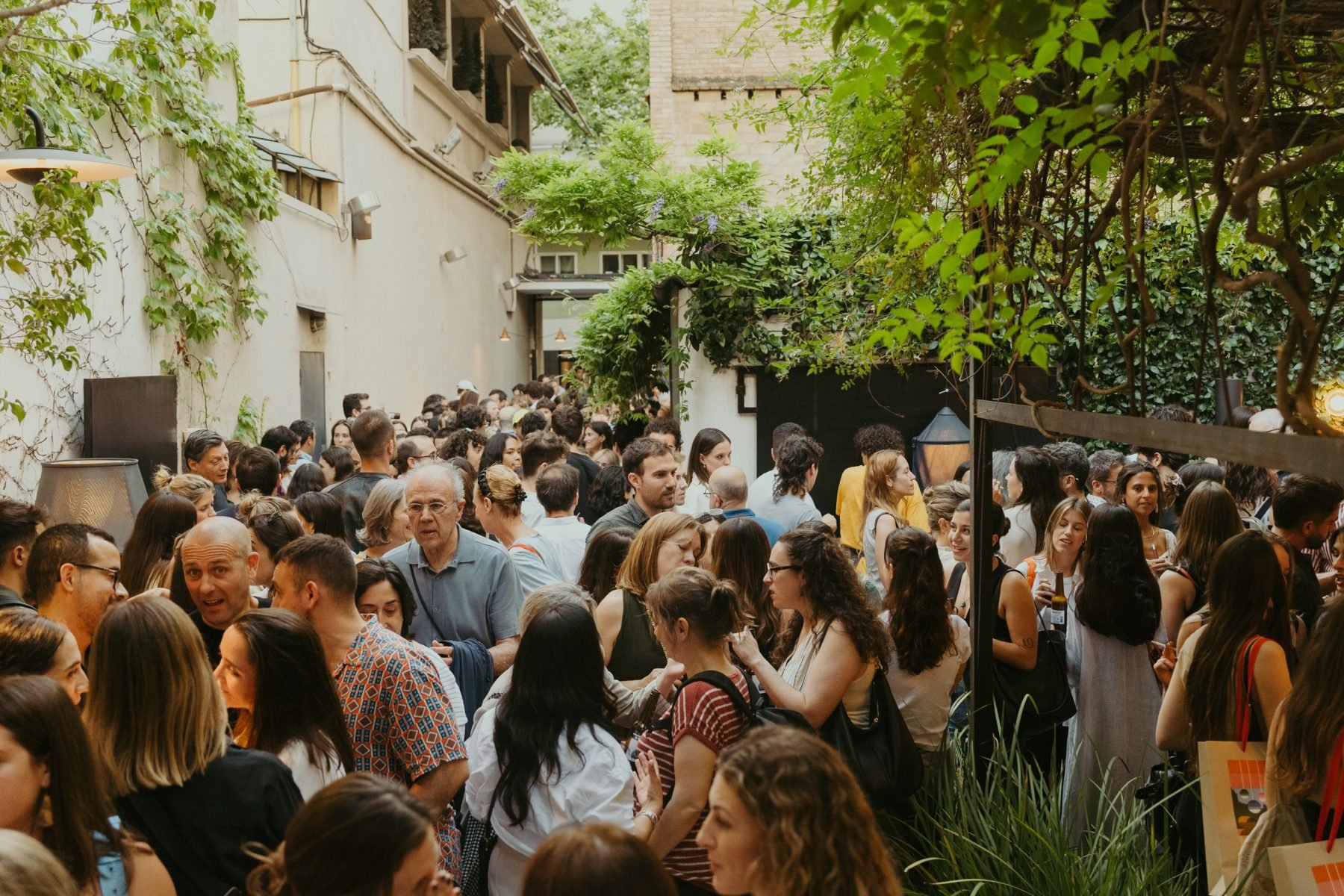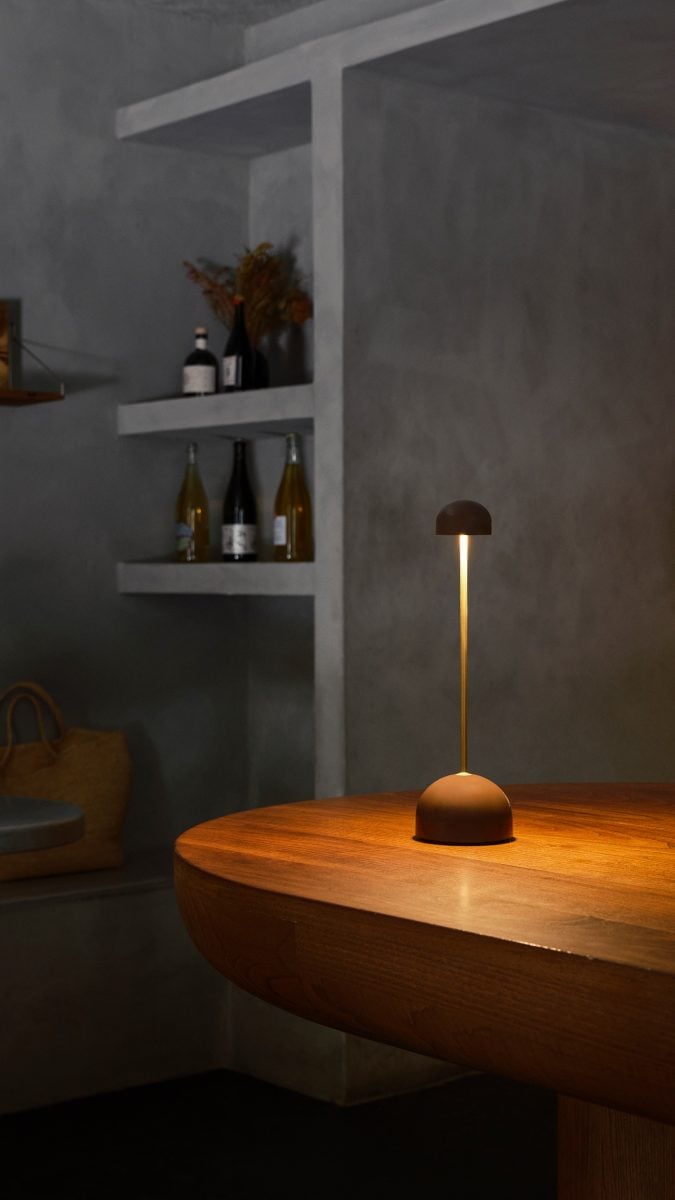Reflections on light – Stefano Colli
Light in the design of spaces is everything because without light there is no texture, no volume, no colour
Stefano Colli was born in 1966 in Reggio Emilia, the birthplace of parmesan and balsamic vinegar. He studied architecture and design taught by great enthusiasts in these fields, such as Achille Castiglioni, Bruno Munari, Enzo Mari and Vico Magistretti. It was after his studies that life lead him to Barcelona where he built his professional career as well as forming a large family. After more than 25 years as an architect, Stefano claims that architecture is a tool for communicating and expressing emotion. In recent years he has specialised in corporate interior design, and has become concerned with how company strategies and innovation are conveyed through the interior spaces. He strives to find new ways of perceiving design, generating projects that are more accessible and viable for all audiences.
What is Stefano Colli like as a professional?
Curious, passionate, emotional and normal. I defend normality as something exceptional these days. This obsession with being exceptional! I think that good normality is more important than being exceptional.
How do you tackle a project?
Projects don’t usually come to you at a table with a pencil; instead they come to you when you are in bed about to fall asleep or wake up, or driving a car at night when your family has fallen asleep and you’re listening to music. At those times you suddenly get a whirlwind of ideas and questions and you start to organise them in your mind. I always need to set two or three points, and interesting decisions swarm around these points. When you have to design, I think it is important not to deal with mistakes negatively and with fear, but to instead take advantage of them to learn and seek innovation through mistakes…If you remain comfortable, you are secure but you don’t open yourself up to new spheres; you don’t tread new pathways; you don’t have the chance to move forward or innovate. You have to be brave and lose your fear of moving forward and discovering things in order to add value to the design.
What do you like the most about architecture?
I can express quality, emotions and sensations in a space. I can not only reach the first aesthetic interpretation, whether or not it looks good, but also convey sensations to whoever uses the space.
Is emotion very important to you?
It’s what allows you to generate connections with people, your family, your friends, at work, with clients, with the users of the spaces you design. When you design for a company, you try to convey the company’s values in realms of identity applied to space, to establish emotional connections with users…creating this harmony is what generates the most benefits.
I think that there are many other disciplines which are not strictly architecture that attract you and fascinate you because of their complexity or connection with you. I am deeply inspired by food, by chefs’ ability to create a dish as an experience of flavour, of contrasts and textures. I think that food is one of the most rational, creative disciplines you can find, because it involves very complete, very interesting and very creative experiences, yet at the same time they are perfect in their execution.
You like music a lot…
I think it feeds your soul. It’s therapeutic and helps you get through times of suffering or when you’re blue, and it goes straight to your heart. It helps you to test your mood, which can be somewhat determined by music.
Can everything be beautiful?
No, not everything can be beautiful. Whatever touches your feelings, communicates something to you and harmonises or finds connections with you is beautiful.
What is light?
Light is life. It is being able to recognise everything, being able to walk; you can’t move forward without it. Light in the design of spaces is everything because without light there is no texture, no volume, no colour. Light is what lets us see the composition of all of these aspects of a space.
What is your favourite light?
There is no one good light. In any space, there have to be areas with little light so that you can better appreciate the areas with more light. There have to be different qualities of light. Light in a space also has to be changeable; you have to be able to change it depending on what you are doing in the space.
